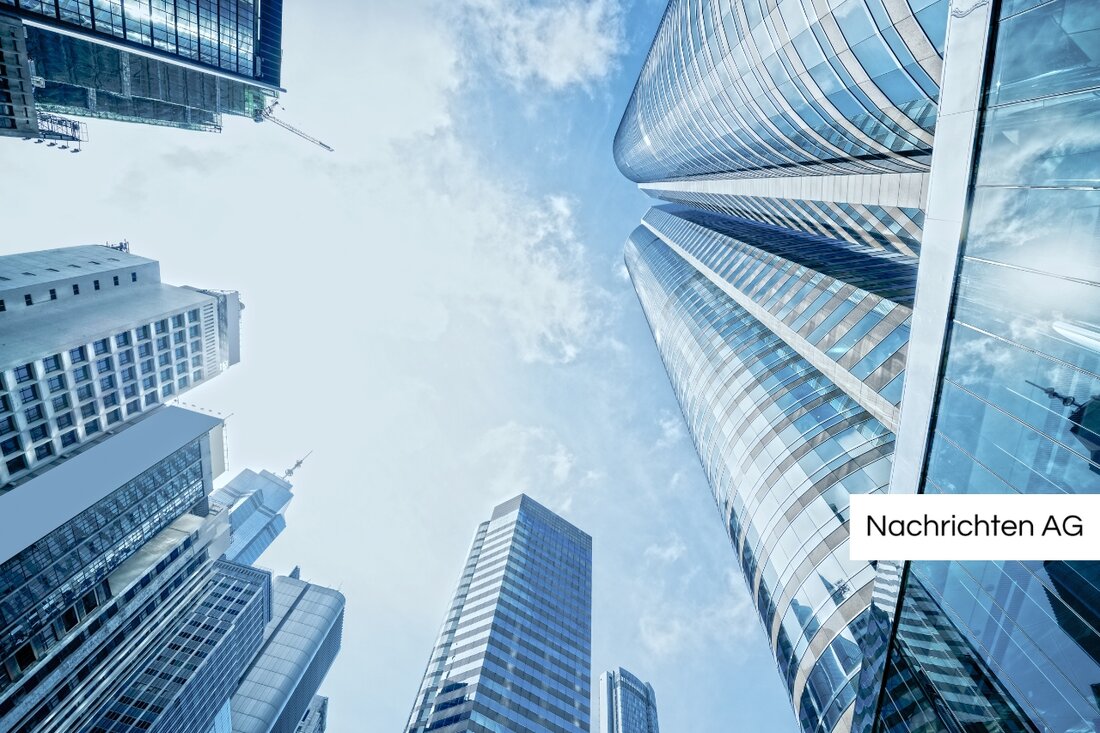Smart Mobility Lab: Topping-out ceremony in Hoyerswerda for the mobility of the future!
The TU Dresden is celebrating the topping-out ceremony for the Smart Mobility Lab in Hoyerswerda, which promotes innovative mobility solutions.

Smart Mobility Lab: Topping-out ceremony in Hoyerswerda for the mobility of the future!
On October 16, 2025, the Technical University of Dresden (TUD) celebrated the topping-out ceremony of the Smart Mobility Lab (SML) in Hoyerswerda, more precisely in Schwarzkollm. This innovative research project is intended to have a significant impact on the mobility of the future. The hall, which is 42 meters high and covers an area of around 1 hectare, will in future be the central location for the development of emission-free, connected and automated mobility solutions. These include projects for automated road traffic, autonomous flight systems and robot-assisted applications in agriculture.
The investment volume for the SML amounts to over 86 million euros and is financed by funding from the federal government and the Free State of Saxony. The construction work is being carried out by Goldbeck Ost GmbH, while TUD acts as the building owner. Completion of the structural measures is scheduled for the end of 2026, followed by the planned commissioning in January 2027. Among those present at the celebration were Saxon Prime Minister Michael Kretschmer and Mayor Torsten Ruban-Zeh.
A significant step for the region
Together with the opening of the Smart Mobility Lab, over 300 new jobs will be created in the region, which will also make an important contribution to the development of the infrastructure in Hoyerswerda. The Rector of TU Dresden, Prof. Ursula Staudinger, emphasized the great importance of the project for the regional economy and structural change. In the “Am Strochennest” commercial area, the hall will be clearly visible after the topping-out ceremony, and numerous applications for the lab have already been submitted.
The construction progress is remarkable: 1,300 prefabricated driven piles have already been installed to ensure a solid deep foundation. The steel construction work has been completed, the roof is closed and the facade work is scheduled to be completed by the end of 2023. In addition to the structural progress, a sustainable energy concept is also being implemented, which should make the building more than 75% energy self-sufficient from 2027. For this purpose, photovoltaic systems, geothermal energy, hydrogen production and a combined heat and power plant will be integrated.
Research projects and innovation funding
The tasks of the SML are diverse and ambitious. Research projects include the development of safe automated road traffic systems (SivaS), autonomous flight systems (TAFAS) and innovative robotic solutions in agriculture (FarmingSwarm cobots, TERECULT). A symposium will take place on November 17, 2025 on the energy supply of the research center.
The SML is part of the German Center for Future Mobility (DZM), which was re-established by the federal government in the 2021-2025 coalition agreement. The aim is to combine competencies from science, business and society in order to promote digital innovations in the area of mobility and to find sustainable solutions. The DZM supports the networking of research locations in Germany, which also include Hamburg, Karlsruhe, Minden and Annaberg-Buchholz. For this purpose, funding of 100 million euros was made available until 2027 to develop future mobility systems and advance research.
The creation of the Smart Mobility Lab in Hoyerswerda marks a decisive step in the further development and optimization of mobility solutions of the future, both for the Lausitz region and for Germany as a whole. The commitment of the federal and state governments underlines the importance of structural change and the promotion of regional development.
The information situation is provided by the reports of the Technical University of Dresden, Saxon newspaper and Federal Ministry of Transport supplemented.

 Suche
Suche
 Mein Konto
Mein Konto